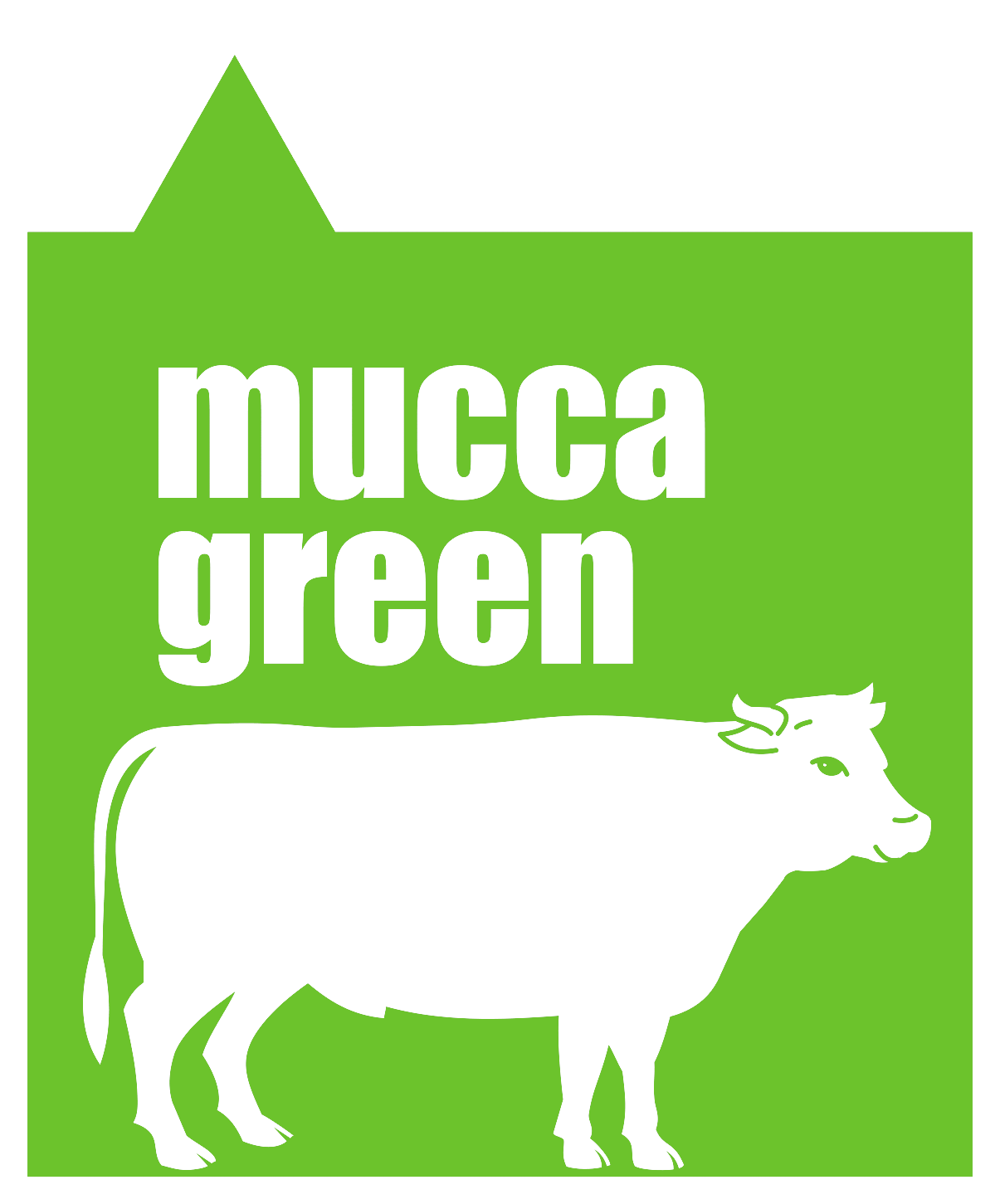Abomasum, rennet and colostrum
The bovine abomasum is at the base of all PDO cheeses
The abomasum, the fourth stomach of the bovine, is that of the actual glandular digestion. The abomasum of an adult bovine is used in many contexts in the food sector, either directly or for the production of other important products of the Italian culinary tradition. The calf, on the other hand, is used for the production of natural rennet. It is still considered today the best in terms of cheesemaking quality and is the only one allowed for the production of all PDO cheeses.
Bovine rennet is the most used enzyme in the dairying
Bovine rennet is recommended for both the organoleptic characteristics it gives the cheese and for the high production yield. It is extracted from the abomasum and contains the enzymes that digest the milk, and then coagulate it.
The bovine rennet can be in liquid form (a filtered solution coloured brown and a characteristic aroma), in powder (must be soluble in water and is obtained traditionally by saturating with salt the liquid rennet) and paste (in this case it contains lipase, which acts on the fat of the milk producing volatile fatty acids that are of plant origin, such as fungi. These, however, tend to degrade proteins conferring a characteristic pungent flavour to the cheese). Rennet is also employed for home use, to coagulate milk and produce fresh cheese.
Lampredotto tripe of Florentine tradition
The bovine abomasum not only offers very useful products like curd, but can in turn be eaten. The most famous use is perhaps the lampredotto tripe, precisely the abomasum used by Florentine tripe makers to prepare the traditional sandwich. The lampredotto as a whole is dark in colour and owes its name to the lamprey, a creature vaguely similar to an eel once widespread in the river waters of the Arno, because its shape resembles that of the mouth of the lamprey.
Even tripe derives from bovine stomachs
As well as the abomasum mentioned above, the bovine has three other stomachs: rumen, reticulum and omasum. These offals, in turn, are the main ingredients of another important dish of Italian culinary tradition: tripe, a product derived from the three stomachs of the bovine and not, as is generally believed, from the gut.
Bovine colostrum for our immune system
The proper functioning of the immune system is very important. Considered by many as a natural health cure, bovine colostrum is extracted from the milk of cows in the 12 hours after delivery and it has a huge range of beneficial functions for the body. The substances contained in bovine colostrum can be divided into two main groups: the immune factors (which are able to help our body defend itself against the aggressions of external agents such as viruses, bacteria, fungi, etc.), and those defined as growth factors (compound whose main effects are the construction, maintenance and repair of bones, muscles, nerves and cartilage, the stimulation of fat metabolism, regulation of protein metabolism, maintaining the correct levels of blood glucose and the healing of tissues).
The bovine colostrum contains as well vitamin A, vitamin E and vitamin B12, but also traces of vitamin D and provitamin A (beta carotene). As for the minerals, however, the colostrum is particularly rich in sulphur.


